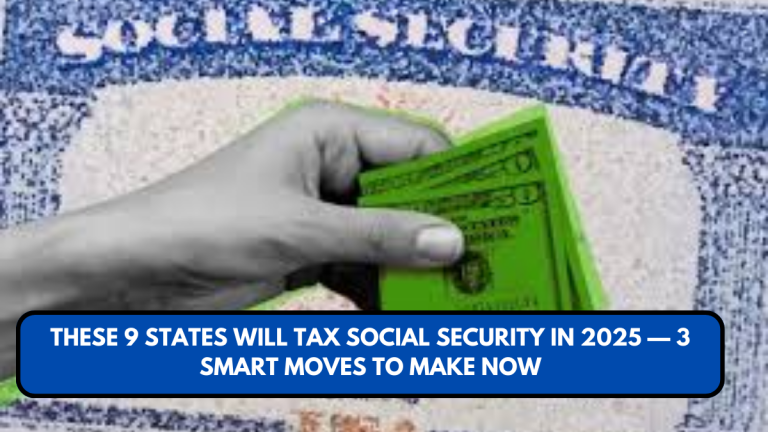
In today’s evolving economy, the concept of being “middle class” in America can mean very different things depending on where you live. From the bustling streets of San Francisco to the quiet towns of Mississippi, the salary it takes to qualify as middle class varies dramatically across state lines.
Defining Middle Class in the U.S.
According to the Pew Research Center, middle-class households are defined as those earning between two-thirds and double the median U.S. household income. Based on the U.S. Census Bureau’s 2022 median income data, the national median household income stood at $80,610. This sets the middle-class income range roughly between $54,009 and $161,220 for a typical three-person household.
However, this national benchmark doesn’t tell the whole story. Regional cost-of-living differences mean that being middle class in Mississippi requires a much lower income than in California or New York.
State-by-State Breakdown
Recent research conducted by GOBankingRates and reported on Investopedia and Nasdaq analyzed the middle-class income ranges in each state. The data highlights significant disparities.
- California: $59,913 – $179,740
- New York: $56,636 – $169,908
- Texas: $49,080 – $147,242
- Florida: $45,355 – $136,064
- Louisiana: $38,626 – $115,300
- Mississippi: $38,820 – $115,284
States with high costs of living like California and Massachusetts have the highest thresholds, while states with more affordable living costs, such as Arkansas and West Virginia, have some of the lowest.
Rising Middle-Class Income Thresholds

Interestingly, middle-class income thresholds have grown significantly over the past decade, reflecting inflation, wage increases, and economic shifts.
For example:
- Oregon saw a 53.15% increase from 2012 to 2022, moving from $33,357–$100,072 to $51,088–$153,264.
- Washington experienced a 52.13% increase, now ranging from $60,217 to $180,650.
- Even Alabama, often among the states with lower costs of living, saw its range rise by over 40%, now standing at $42,576 – $127,730.
These shifts indicate a growing cost of living and perhaps a slow upward movement in wages, but they also reflect broader economic pressures on American families.
Shrinking Middle Class
While income thresholds may be rising, the proportion of Americans who actually fall into the middle class is shrinking. In 1971, 61% of U.S. adults were considered middle class. As of 2021, that number has fallen to around 50%, according to a Pew Research Center report.
Several factors contribute to this trend:
- Wage stagnation for lower and middle-income earners.
- Soaring housing and healthcare costs.
- A growing divide between high earners and the rest of the population.
These economic dynamics are pushing more people into lower- or upper-income brackets, eroding the traditional middle-class segment.
How to Know Where You Stand?
Wondering where your income places you in your state? Use tools like the Pew Research Center’s income calculator (here) to find out whether you fall into the lower, middle, or upper-income tier based on your state, household size, and earnings.
Policy Implications

Understanding the changing definition of “middle class” is critical for policymakers. Federal and state programs often base eligibility on income brackets. Tax credits, healthcare subsidies, and housing assistance may not be effectively targeting the people who need them most if the thresholds are out of sync with local realities.
For example, the U.S. Department of Housing and Urban Development (HUD) uses income limits to determine housing assistance eligibility, which can differ drastically between metro areas.
Similarly, the IRS adjusts certain tax credits like the Earned Income Tax Credit (EITC) and Child Tax Credit based on income levels, but may not reflect cost-of-living variations across states.
Final Thoughts
Being middle class in America today is more complex than ever. While income ranges offer a baseline, the reality is influenced by inflation, geography, and evolving living standards. As more households feel the squeeze from housing, healthcare, and education costs, a national conversation about redefining and supporting the middle class is more urgent than ever.
If you’re curious about how your household compares—or if you’re aiming for financial stability—it’s wise to understand your local benchmarks and advocate for policies that align with the real cost of living in your state.



